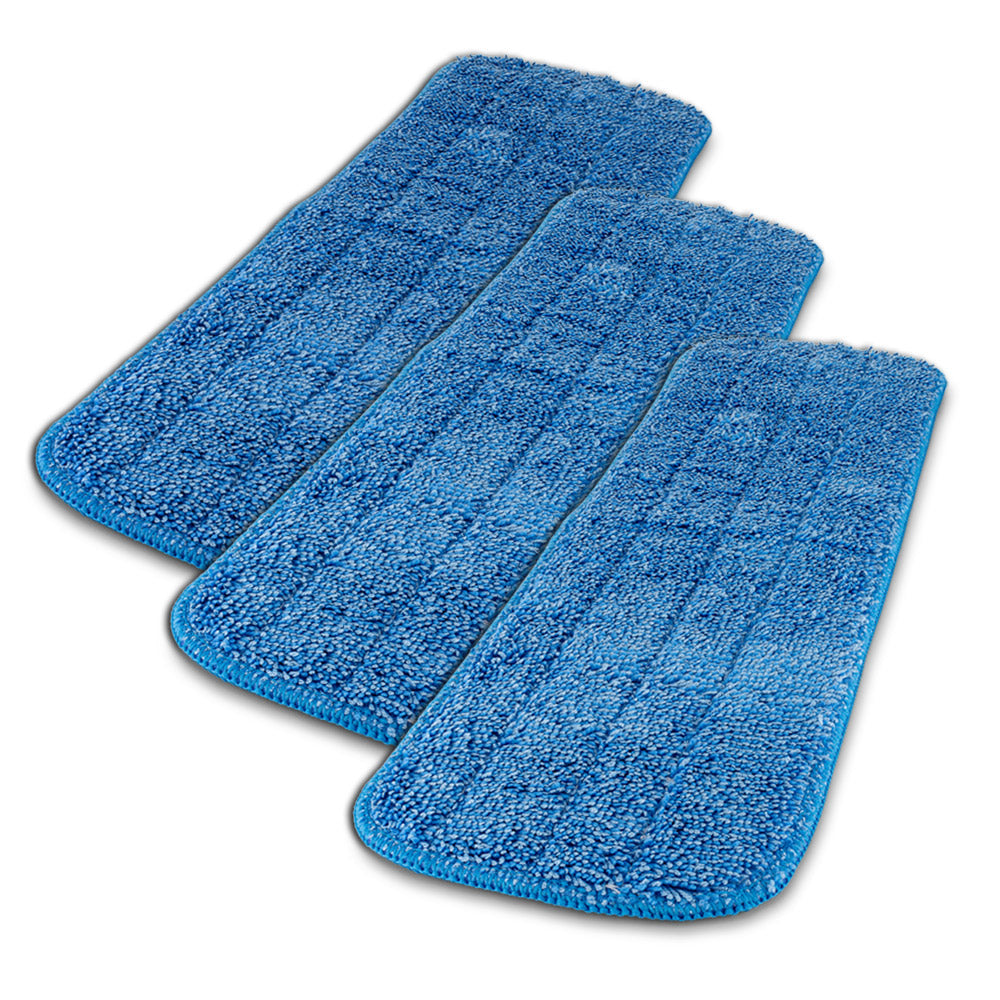Why Color Coding Matters
1. Preventing Cross-Contamination
One of the main reasons to adopt color coding is to prevent cross-contamination. By designating specific colors for different cleaning tasks or areas, you can avoid transferring germs and bacteria between surfaces.
For example, a cloth used for cleaning the toilet should never touch kitchen countertops. Using a color-coded system, you can easily ensure that each cloth is used exclusively for its designated purpose. This simple yet effective practice significantly boosts overall hygiene in your home, keeping it safer and healthier for your family.
2. Enhancing Efficiency
Color coding also makes cleaning more efficient. With clearly defined colors for each task, you can quickly identify which cloth or mop pad to use, saving time and effort.
This organized method speeds up the cleaning process, as you won’t waste time searching for the right tool. It's particularly helpful in larger homes or during busy schedules, where efficiency is key. By adopting a color-coded system, you can keep your home spotless with less hassle and more precision.
3. Training and Consistency
For homeowners and cleaning enthusiasts, using a color-coded system makes it easier to teach and maintain cleaning routines. It provides clear, straightforward guidelines for everyone to follow, ensuring consistency across all tasks.
This uniformity helps maintain a high standard of cleanliness and overall quality in your home. Whether you’re teaching family members or housemates, color coding simplifies the process, making it easy for everyone to keep up with the cleaning standards. Consistency is crucial for maintaining a clean and organized living space, and color coding is an excellent tool to achieve it.



























 By continuing with your order, you acknowledge and agree to the following:
By continuing with your order, you acknowledge and agree to the following: